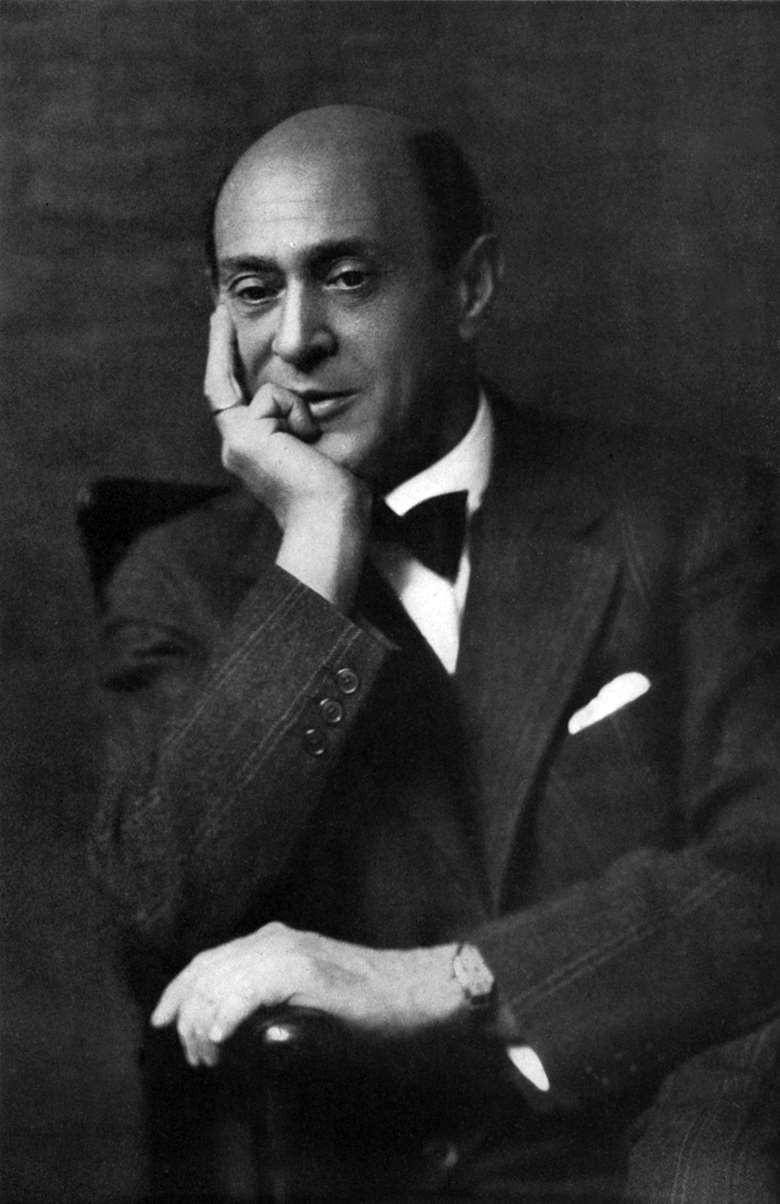Inside Schoenberg’s Verklärte Nacht
Hannah Nepil
Wednesday, July 27, 2016
Hannah Nepil talks to members of the Belcea Quartet about Schoenberg’s masterpiece

Register now to continue reading
Thanks for exploring the Gramophone website. Sign up for a free account today to enjoy the following benefits:
- Free access to 3 subscriber-only articles per month
- Unlimited access to our news, podcasts and awards pages
- Free weekly email newsletter








